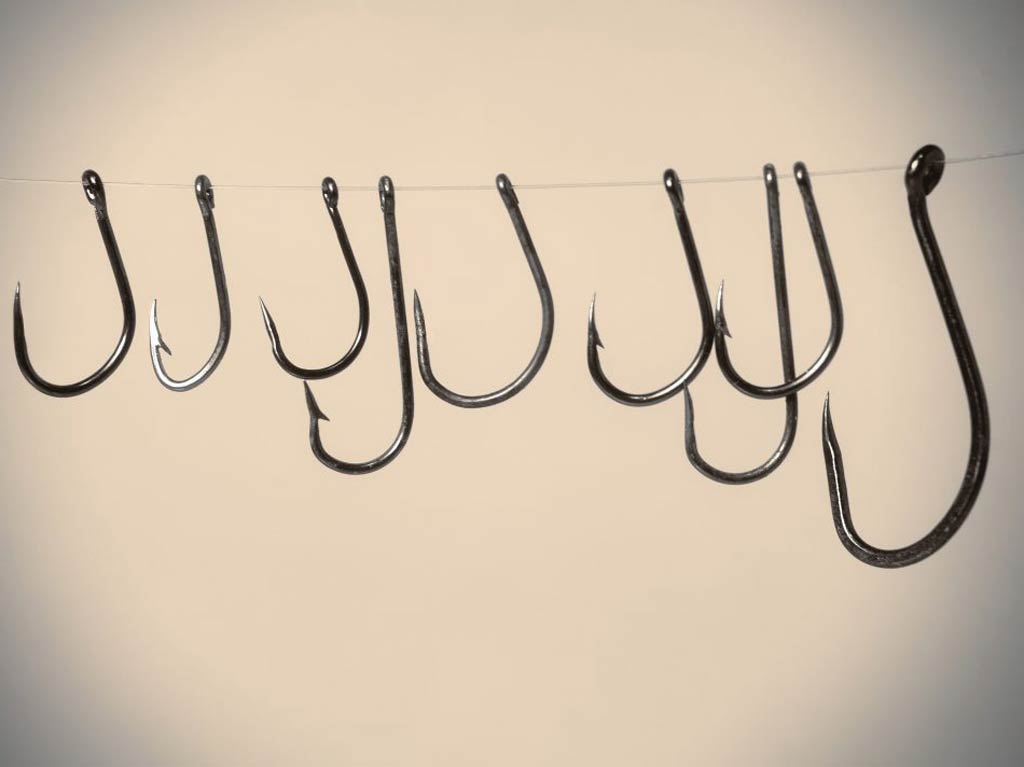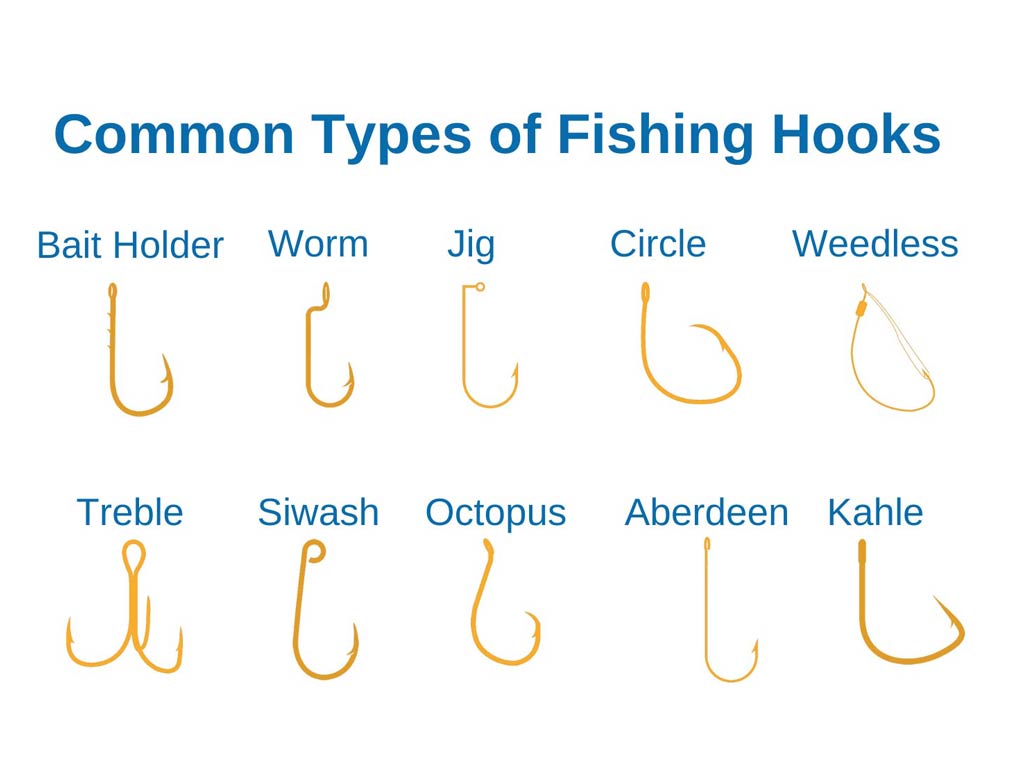Fishing hooks, often overlooked yet pivotal, play a crucial role in an angler’s success. Beyond the simplicity of bending metal, the world of fishing hooks is diverse, with various types tailored for specific fishing needs. Let’s dive into the essentials, unraveling the intricacies of fishing hooks and enhancing your understanding.
Parts of a Fishing Hook
Understanding the anatomy of a fishing hook is fundamental. Each part serves a purpose, impacting your fishing experience:
- Point: The sharp end that pierces the fish’s mouth.
- Barb: A backward-facing spike preventing the hook from slipping out.
- Throat: The section running down from the point.
- Bend: Where the hook curves back on itself.
- Shank: Similar to the throat but on the blunt end.
- Eye: The ring attaching the hook to a lure or line.
- Gap/Gape: The distance between the throat and shank.
Each part caters to specific needs, influencing the hook’s effectiveness for various fishing scenarios.
Types of Hook Points
The business end of your setup, hook points significantly impact hookups. Common types include:
- Needle Point: Tapers slightly towards the shank for easy piercing with minimal damage.
- Spear Point: Common and versatile, running straight up from the throat for decent penetration.
- Rolled In Point: Pierces deeply with minimal pressure, ideal for fish that thrash.
- Hollow Point: Features a bent-in spike, effective for soft-mouthed fish.
- Knife Edge Point: Sharpened on both sides for maximum penetration but can cause significant damage.

Types of Hook Eyes
Choosing the right eye is vital for your catch rate. Common types include:
- Ringed Eye: Easy to thread, suitable for various knots.
- Brazed Eye: Sealed loop for added strength, ideal for big game battles.
- Needle Eye: Facilitates threading through bait fish, akin to a sewing needle.
- Tapered Eye: Slimmer towards the end, ideal for dry fly fishing.
- Looped Eye: Adds weight for wet flies, allowing creative designs.
Barbed vs. Barbless Hooks
The presence of barbs affects bait retention and hookup reliability. While barbed hooks secure bait and facilitate catching, they can cause harm and difficulties in catch-and-release scenarios. Barbless hooks are gentler on fish, promoting ethical angling.
Fishing Hook Sizes
Navigating hook sizes involves understanding both sizes and aughts, with variations across brands. Consider gauge (metal thickness), length (shank size), and gape (width) akin to choosing jeans based on length, waist, and cut.
Common Types of Fish Hooks

Explore some essential hook types every angler should have:
- Bait Holder Hooks: Ideal for securing bait, but barbs may cause damage.
- Worm Hooks: Perfect for plastic worm fishing, allowing natural movement.
- Jig Hooks: Simple and effective, offering enhanced lure movement.
- Circle Hooks: Fish-friendly, preventing deep hooking for ethical angling.
- Weedless Hooks: Ideal for bass fishing in vegetation-rich areas.
- Treble Hooks: Suitable for topwater lures but may not pierce deeply.
- Siwash Hooks: Easier to remove and less harmful, often used as treble alternatives.
- Octopus Hooks: Suited for presenting small baits naturally.
- Aberdeen Hooks: Light and long, ideal for securing small live baits.
- Kahle Hooks: Wide gape and heavy build, perfect for big baits.
While this overview touches on crucial aspects, the world of fishing hooks remains vast, with numerous specialized designs. Understanding these elements elevates your angling prowess and contributes to a more successful and enjoyable fishing experience.
Images/Source: FishingBooker





